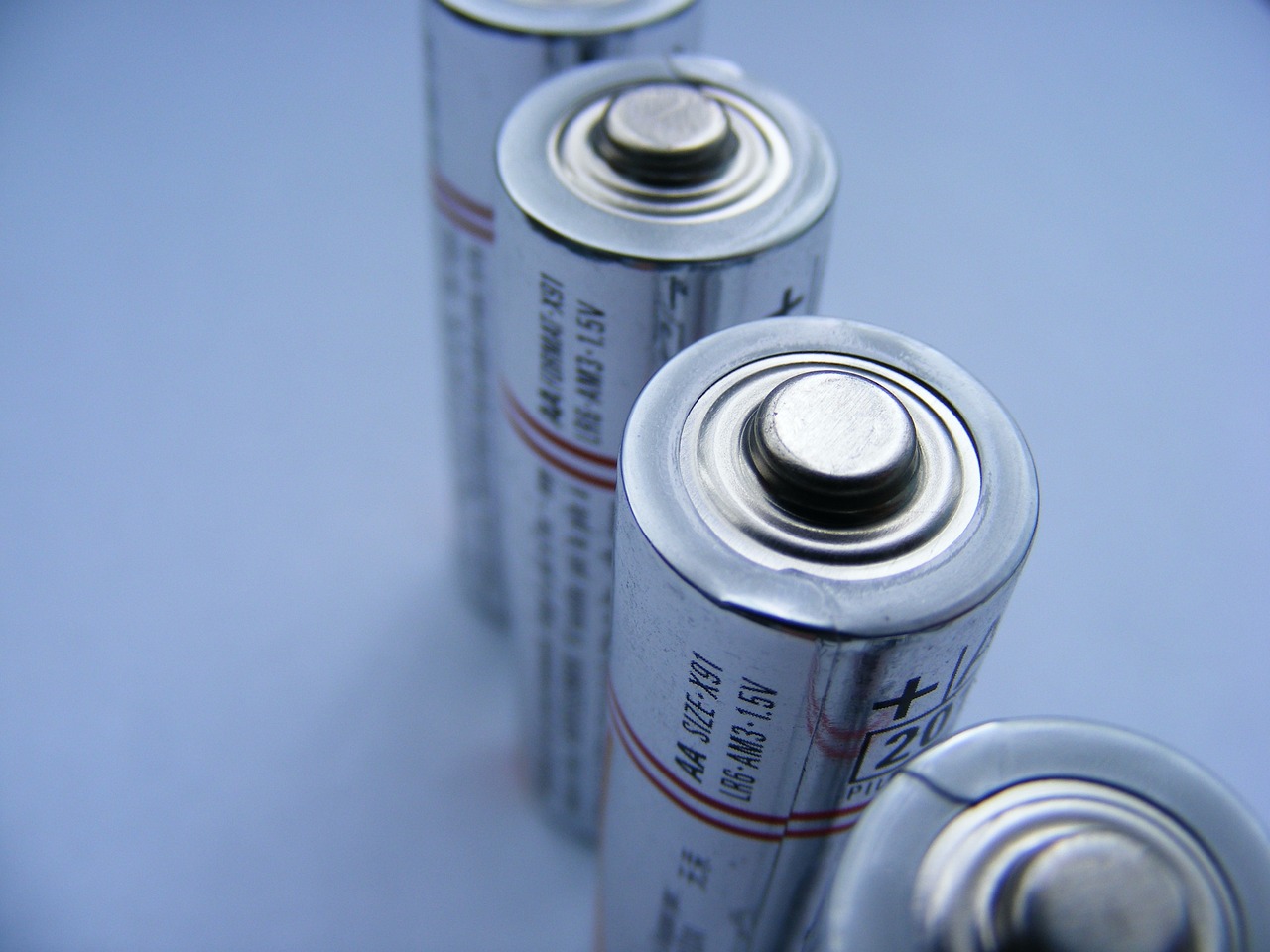This post is also available in:
 עברית (Hebrew)
עברית (Hebrew)
In sectors such as security and defense drones can augment ground based cameras and sensors to provide additional range, multi-angle coverage and additional critical data (e.g. thermal imaging). For that purpose, drones will be able to autonomously launch and land from a ground-based autonomous vehicle platform (AxV).
Stealth Technologies will collaborate with autonomous drone technology company, Planck AeroSystems in the development. Planck’s core enabling technology is vision-based precision landing on moving platforms without GPS.
Stealth Technologies is developing an Autonomous Security Vehicle (ASV) for perimeter security in sectors such as transport, energy, defense, government and utilities providing critical services.
The Planck Autonomous Control Engine (ACE) system is an embedded software solution that runs onboard a variety of unmanned aircraft systems to enable autonomous launch, recovery, relative navigation, and mission planning from a moving vehicle. With centimeter-level accuracy for precision take-off and landing, a drone can launch and recover reliably from small spaces. The sensor-guided flight accounts for motion of a vessel or ground vehicle, including roll, pitch, heave, and wind effects.
ACE is deployed in five US federal agencies and with two allied nations has commanded thousands of successful UAS sorties both at sea and from vehicles, on aircraft from many different manufacturers.
The precision landing system uses computer vision, artificial intelligence, and other onboard sensors, but does not require GPS or active communications. Existing unmanned aircraft systems use global positioning and are not capable of autonomous operation from moving vehicles.
The collaboration will focus on enabling the ASV to launch and land drones. This ability would enable the long runtimes of the ASV to be combined with the high speed of drones. Drones could be launched from the ASV at any time whilst on patrol, effectively doubling the ASV’s surveillance coverage capabilities. Drones could also recharge once landed on the ASV and be relaunched. In addition, the ASV and its drone can be combined to give an expanded patrol and surveillance dataset, enable more powerful AI use cases for mapping, navigation, object and person recognition, object and person tracking and scene reasoning.


























